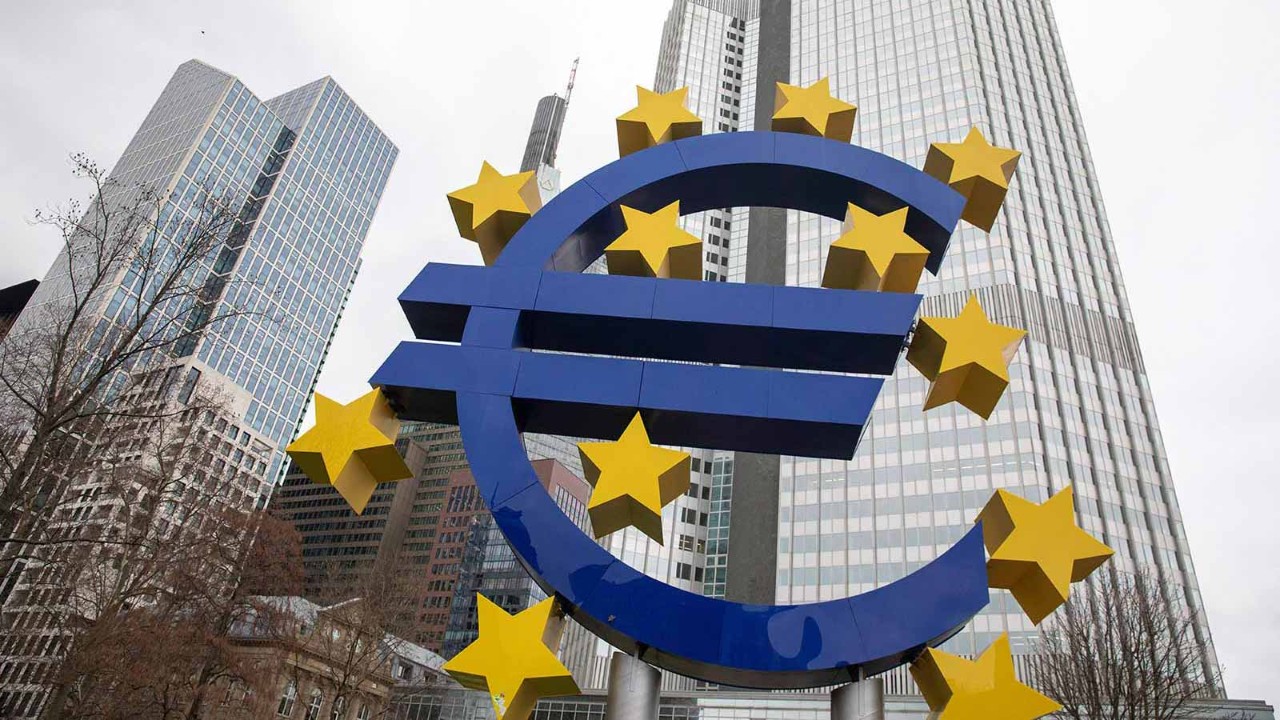
The European Central Bank’s experiment with negative interest rates – which began in 2014 – looks to be drawing to a close. Inflation in the European Union climbed to 7.5% in March – the highest level since the launch of the euro in 1999 and substantially more than the 2% rate defined by the bank as conferring price stability.
Such elevated inflation is largely due to global factors – most notably, lingering effects from the pandemic and surging energy prices. But it makes it hard for the European Central Bank (ECB) to justify its current policy rate of minus 0.5% or, for that matter, rates in negative territory at all.
As a result, many economists believe the ECB will push rates back to zero by the end of 2022, and then up to 1.5% by the close of 2023. The question for chief financial officers is how well the region’s economy can cope. The counter-intuitive answer is that rising rates could be positive for the economy and businesses, given the distortions created by negative interest rates.
The question for CFOs is how well the region’s economy can cope
Risks
First, the risks. In theory, rising interest rates should create a headwind for companies in several ways. Tighter monetary policy is intended to moderate the consumer spending on which companies rely – whether directly or indirectly – by making credit more expensive. CFOs may also face higher borrowing costs for their companies as the effects of ECB rate rises ripple through the fixed income markets and the banking system.
The mere expectation of ECB rate hikes is already having an effect. As of 13 April, European companies with an investment-grade credit rating (that is, the safest borrowers of all) were offering a yield of 133 basis points more than government debt – up from a low for the past 12 months of just 82 basis points, based on Bloomberg data. Borrowing costs for companies issuing high-yield debt (thus presenting a greater risk of default) has climbed even further; they are now 411 basis points over government debt, from a low of 285 basis points.
The other main worry is that of rising peripheral bond spreads – the interest rate premium that Europe’s most indebted countries, such as Italy, have to pay over the most fiscally prudent governments, notably Germany. This matters for companies because a surge in borrowing costs for the governments of Italy, Portugal and Spain has the potential to increase the cost of credit for businesses in those nations too. It could also force some governments to cut spending or raise taxes to reassure investors about the sustainability of national borrowing, creating further headwinds for consumers and businesses alike.
Benefits
Despite these dangers, most economists believe the eurozone economy is relatively well placed to cope with higher rates and may even enjoy some benefits.
Starting with consumers, the ECB argues there is no reason to expect a sudden drop in spending at present. Household balance sheets are in robust health, the bank says, buoyed by savings accumulated during the pandemic.
With more people in jobs, households should earn higher incomes and spend more
In addition, unemployment, though still high in some countries, hit a record low of 6.8% in February overall, a far cry from the above-12% high of 2013. ‘With more people in jobs, households should earn higher incomes and spend more,’ the ECB says. Such resilience should be reassuring for consumer goods companies.
The spectre of higher corporate borrowing costs is also less concerning than it initially seems. The fall in interest rates during the pandemic provided many companies with the opportunity to take on cheap debt with longer-term maturity, limiting the need to borrow more in the near term at higher rates. S&P Global recently calculated that around 90% of debt maturing in 2023 is investment-grade, and few such high-quality borrowers look at risk of default.
The bottom line is that rising rates are unlikely to be as harmful to companies as they have been in the past, fixed income strategists argue.
So what about peripheral bond spreads? Here too, there are some grounds for comfort, says Andrew Kenningham, chief European economist at Capital Economics. ‘The ECB has new tools to help stem a disruptive rise in government bond yields for Italy or Spain through the selective purchase of such bonds,’ he says. ‘A decade ago – before the massive quantitative easing programme introduced during the pandemic – the ECB didn’t have any tools to fight such a crisis. The bank now has the firepower if it wants to use it, and that should be a comfort for investors.’
Positive rates
Finally, there are potential upsides to pushing rates into positive territory. While negative rates theoretically encourage more borrowing and spending, in practice they can lead to increased saving instead. ‘There is a potential trap to negative rates, since if people are getting no return on their savings, they need to save more – not less,’ explains Marc Chandler, chief market strategist at Bannockburn Global Forex. ‘This is especially the case when people are planning for retirement.’
Another drag from the ECB’s experiment has been to depress profits in the banking system, with low rates and flat yield curves reducing the incentive to lend. A return to more normal interest rates could increase the willingness of banks to provide capital to companies.
While there are certainly risks to eurozone economies from rising rates – especially against the backdrop of the conflict in Ukraine – overall the region looks well placed to cope. Indeed, there are potential upsides to ending the experiment in negative rates.
Overall, companies with healthy balance sheets have little to fear from a return to normality in monetary policy.
More information
Go to ACCA’s financial services hub

